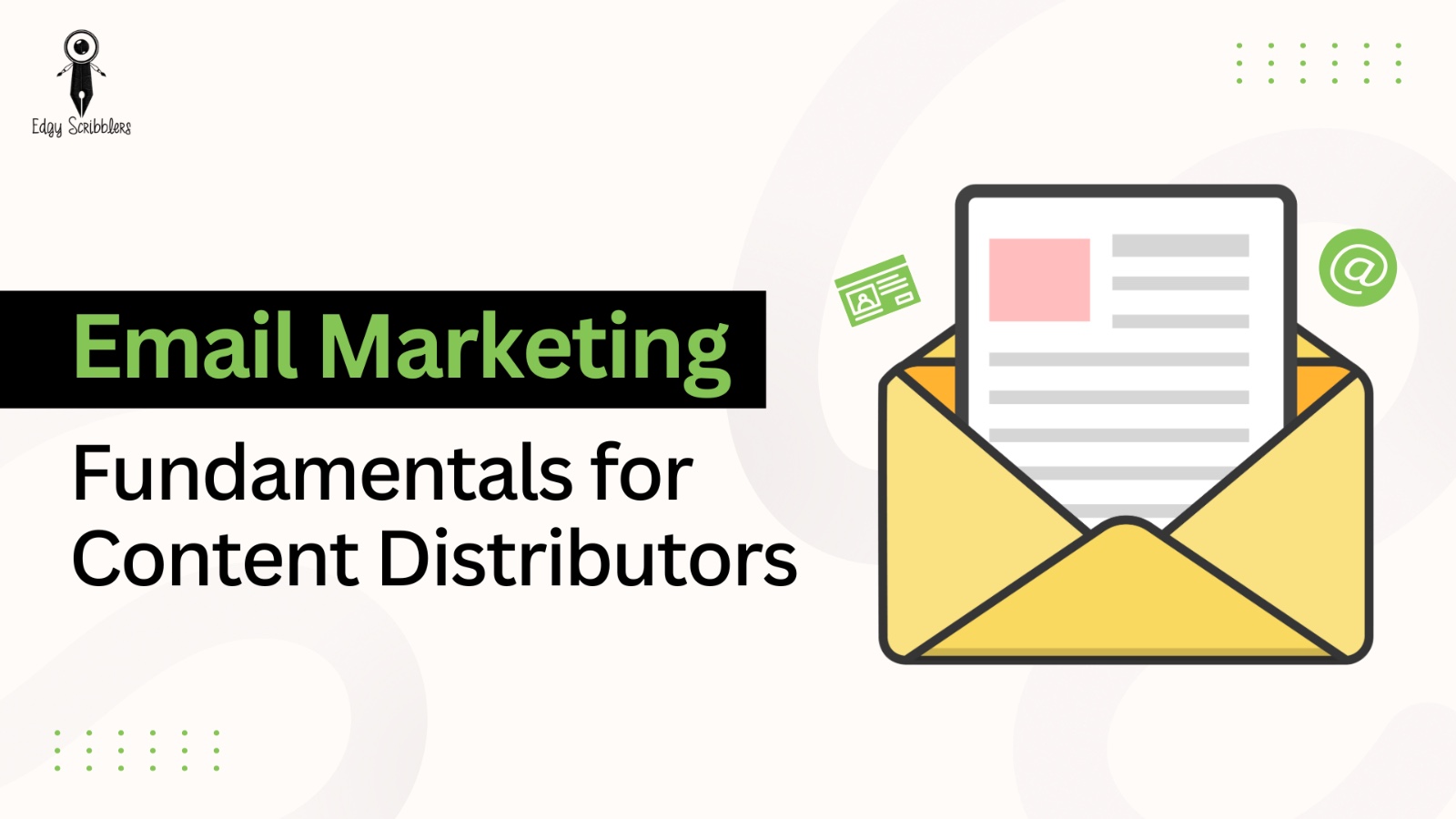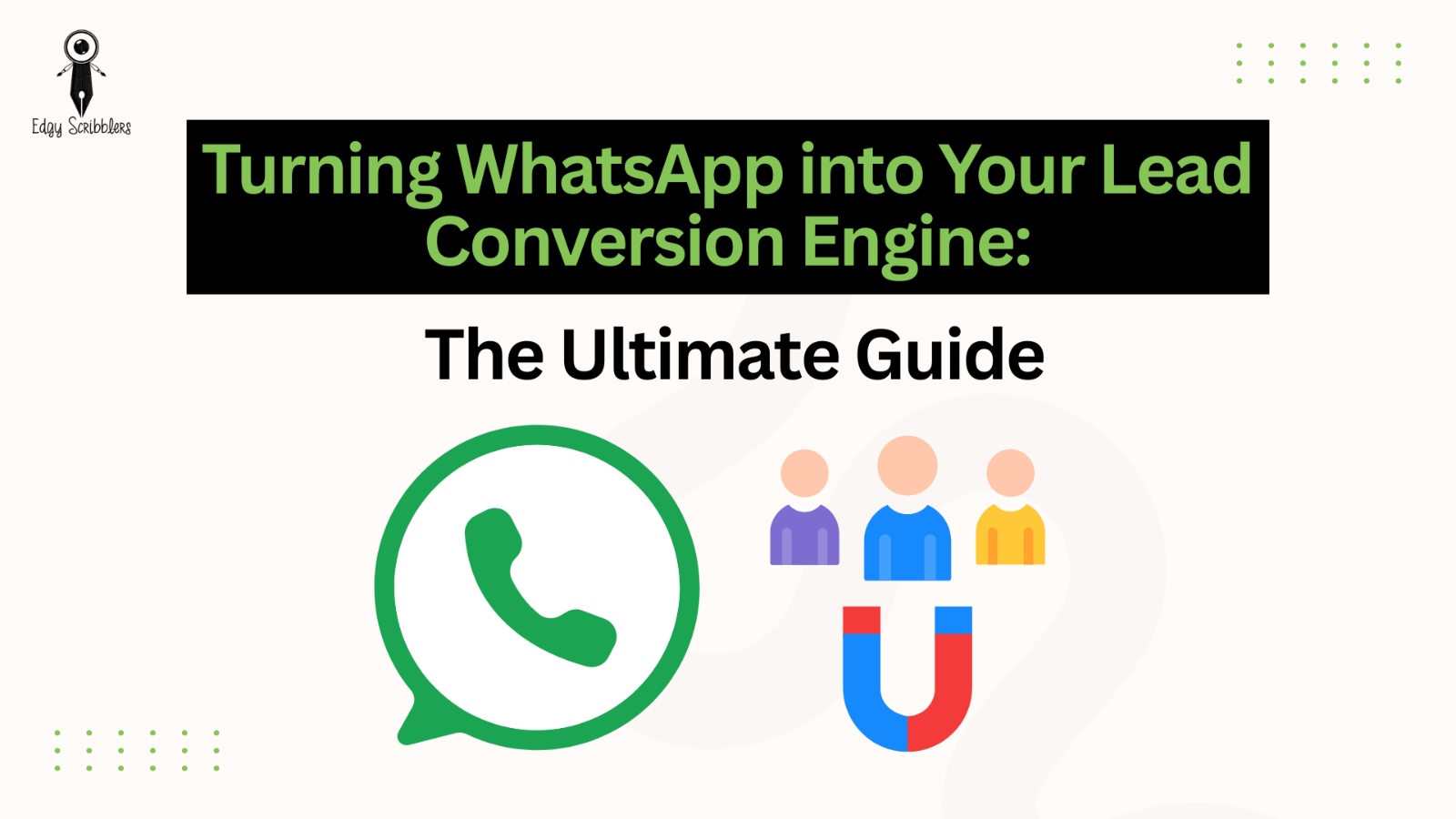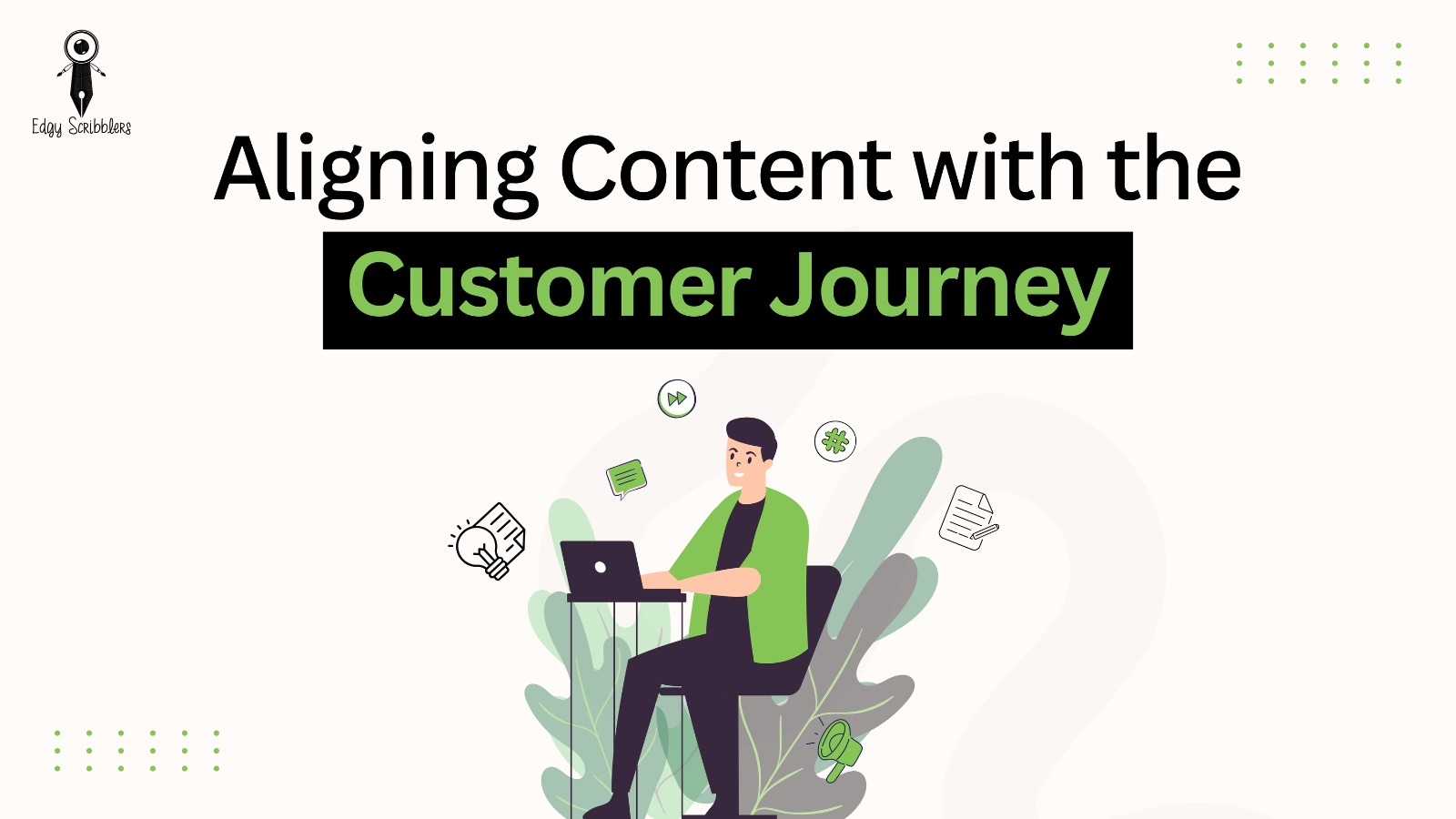
Email Marketing Fundamentals for Content Distributors
Email marketing creates direct connections with your audience that other channels simply can’t match, allowing content distributors to build relationships with subscribers who have actively chosen to hear from you. With 83% of consumers preferring brand communication via email over social media and top entrepreneurs like Joanna Wiebe calling email “the engine of my business,” mastering this channel isn’t just helpful—it’s essential for sustainable growth.
Key Takeaways
- Email marketing consistently delivers an exceptional ROI of 36-42:1, outperforming SEO, search ads, and social media
- A structured 5-step email nurture sequence transforms subscribers into customers by building trust before selling
- Writing in an authentic, conversational voice creates stronger connections than corporate-speak
- Consistent delivery of valuable content keeps you top-of-mind when subscribers are ready to buy
- Effective segmentation and personalization significantly increase engagement and conversion rates
The Power of Email Marketing: Building Relationships That Convert
Email marketing stands out as one of the most powerful tools for content distributors looking to create meaningful connections with their audience. Unlike social media platforms, where algorithms limit your reach, email provides direct access to people who have specifically opted in to hear from you. This direct line makes email uniquely positioned to nurture relationships that eventually convert to sales.
The statistics back this up convincingly. 83% of consumers prefer brand communication via email over social media, showing that despite the buzz around newer platforms, email remains the channel where people want to hear from you. This preference isn’t surprising when you consider that email feels more personal and less cluttered than social feeds.
Successful entrepreneurs consistently point to email as their primary revenue driver. Joanna Wiebe, founder of Copyhackers, calls email “the engine of my business,” while copywriter Laura Belgray attributes essentially all of her business sales to email marketing. These aren’t isolated examples—they represent a pattern among content creators who have built sustainable businesses.
Real-World Success Stories That Prove Email Works
The proof of email’s effectiveness lies in the remarkable results achieved by content distributors across various niches:
- I have already shared it multiple times, how nurturing a 500-email contact list helped us land one of the top 5 banks of India for our corporate wellness offerings in my previous startup.
- I recently reached out to 2700+ emails, which I had collected over the last 10 years of my entrepreneurial journey and got reverts from 15% of them, with 3% seeking proposals, and one on the verge of closure. Above all, this is just from the first campaign itself, yet to nurture it over the next few months.
- Matthew Paulson’s investment newsletter has grown to over 3 million subscribers, generating more than $25 million yearly through strategic email campaigns.
Exceptional ROI: Why Email Outperforms Other Channels
When it comes to return on investment, email marketing consistently outshines other digital channels:
- Average email marketing ROI: 36:1 to 42:1 ($36-$42 for every $1 spent)
- SEO average ROI: 22:1
- Search advertising ROI: 17:1
- Display ads ROI: 2:1
Nearly 1 in 5 companies achieve email marketing ROIs of 7000% or higher (70:1 or greater). Certain industries see exceptional returns:
- Travel and tourism: 53:1
- Media and publishing: 45:1
- Retail/e-commerce: 43:1
Several factors drive email’s impressive ROI:
- Relatively low cost of sending emails means even small conversion rates translate to significant profits
- Automation capabilities allow you to nurture leads at scale without proportionally increasing workload
- Direct communication with interested subscribers leads to higher conversion rates than random audience targeting
The Lead Nurturing Framework: Building Trust Before Selling
Successful email marketing requires a strategic approach to nurturing leads. The fundamental principle is to build trust before asking for a sale. Let’s look at a 5-step nurturing sequence below:
A Proven 5-Step Email Nurture Sequence:
- Welcome & deliver lead magnet (Day 0): Thank subscribers immediately and deliver any promised content. Set expectations for what’s coming next.
- Address key pain point or misconception (Day 3): Tackle a common challenge or myth your audience faces. This positions you as a knowledgeable guide.
- Share success story or social proof (Day 7): Provide a case study or testimonial showing what’s possible. This helps subscribers envision their success.
- Offer help and invite engagement (Day 11): Ask subscribers to reply with their biggest challenge. This prompts direct interaction and gives you valuable insights.
- Present a strong call-to-action (Day 15): Now that you’ve delivered value and established credibility, present a compelling offer with clear benefits.
This sequence runs automatically via your email platform, ensuring every new lead receives consistent nurturing while providing genuine value at each step.
About 65% of marketers use personalized subject lines and see better engagement as a result. Writing in an authentic, conversational voice is essential—avoid corporate language in favor of a casual, story-driven style.
Content Strategy: Consistency and Value Drive Results
A successful email strategy hinges on two fundamental principles:
Consistency
- Email regularly to stay top-of-mind
- Maintain a reliable schedule (weekly, biweekly, etc.)
- Don’t worry about emailing too frequently—the greater risk is disappearing from subscribers’ awareness
Value
- Provide genuinely helpful or inspiring content in every email
- Include practical tips, thought-provoking ideas, or authentic personal stories
- Focus on one primary action per message with clear calls to action
- Ensure mobile optimization (79% of emails are read on smartphones)
- Regularly measure key performance metrics (industry average open rate: 30%)
Tools and Technology: Finding Your Perfect Platform
Several excellent email marketing platforms cater specifically to content distributors:
Mailchimp
- User-friendly interface
- Generous free plan (up to 500 contacts)
- Drag-and-drop editor
- Strong integration capabilities
- Ideal for beginners
ConvertKit (now “Kit”)
- Designed specifically for creators
- Excels at automation and segmentation
- Includes landing page builders
- Allows selling digital products directly
- Popular among bloggers, coaches, and content creators
MailerLite
- Budget-friendly alternative
- The free plan allows up to 1,000 subscribers and 12,000 emails monthly
- Supports automation workflows, segmentation, and landing page building
ActiveCampaign
- More sophisticated automation capabilities
- Visual workflow editor for complex email funnels
- CRM integration
- Higher price point (starting around $15/month)
- Worth the investment for advanced nurturing needs
Brevo (formerly Sendinblue)
- Combines email marketing with SMS capabilities
- Free plan lets you send up to 300 emails daily to unlimited contacts
- Includes automation features and basic CRM
GMass
- Works directly within the Gmail interface
- Ideal for personalized, one-to-one style communications
- Powerful mail merge capabilities with spreadsheet integration
- Advanced automation and follow-up sequences
- Excellent deliverability rates and detailed analytics
- Perfect for relationship-based email marketing and cold outreach
- Affordable pricing model based on email volume rather than list size
Most platforms offer free trials or free plans, allowing you to experiment before committing. We use GMass by Ajay Goel and it has been a great tool to have with their paid plan. The best thing for us has been the long-form educational blogs on each topic.
Segmentation: Tailoring Messages for Higher Engagement
Segmentation—dividing your list into groups based on interests, behaviors, or engagement levels—dramatically increases the effectiveness of your emails. Also, let’s understand why mapping the content ecosystem is important:
Effective Segmentation Strategies:
- Create separate sequences for different types of subscribers
- Reference subscribers’ past activity or known interests
- Use tagging features to track interests and engagement patterns
- Develop distinct content paths for prospects versus current customers
- Start with simple segments (active vs. inactive subscribers)
Testing and Optimization: Continuous Improvement
The most successful email marketers treat their strategy as an evolving process of testing, learning, and refining:
- A/B test subject lines to discover what resonates with your audience
- Experiment with different sending times and days
- Test various email lengths, content formats, and offer types
- Track key metrics against industry benchmarks
- Regularly clean your list to maintain good deliverability (25% of email addresses go bad each year)
By implementing a culture of continuous testing and optimization, you’ll steadily improve your email performance over time, leading to stronger relationships with your audience and better business results.
If any questions about email marketing that have remain unanswered, please share them in the comments. I’ll either revert in the comment or create a section in the article itself.




